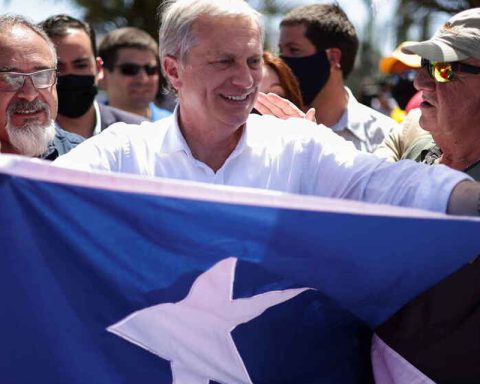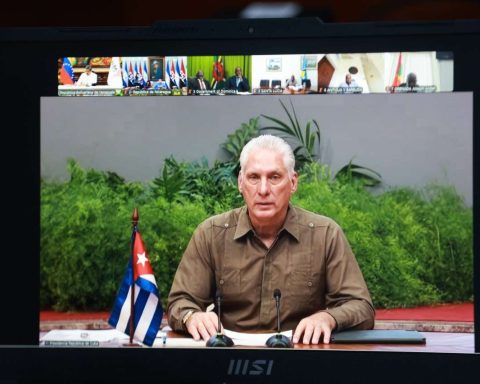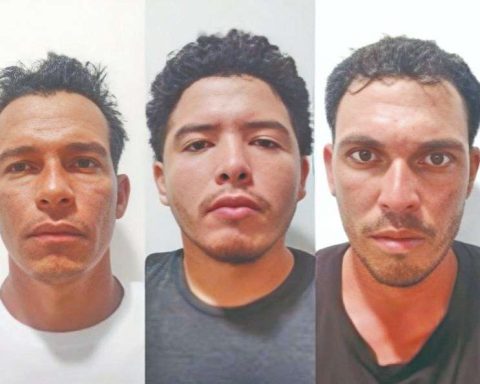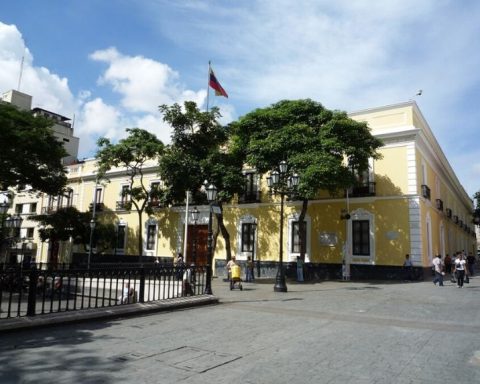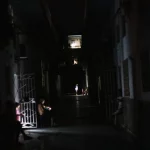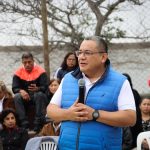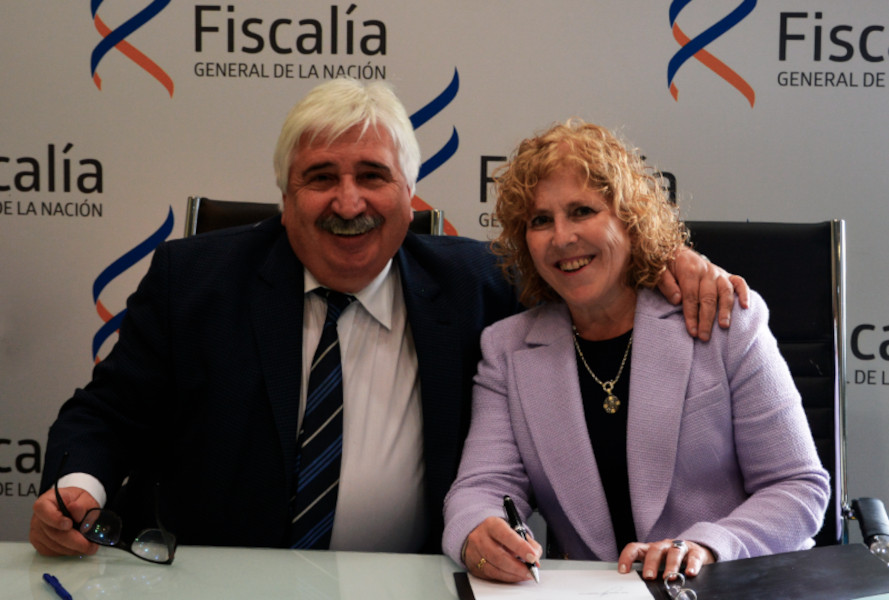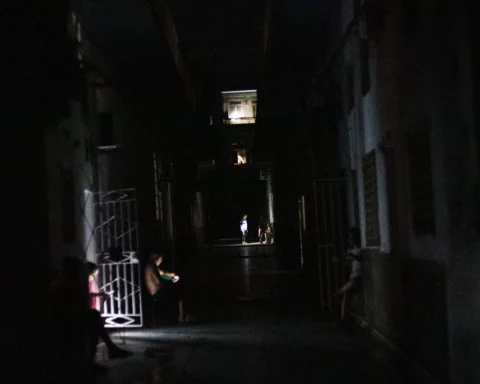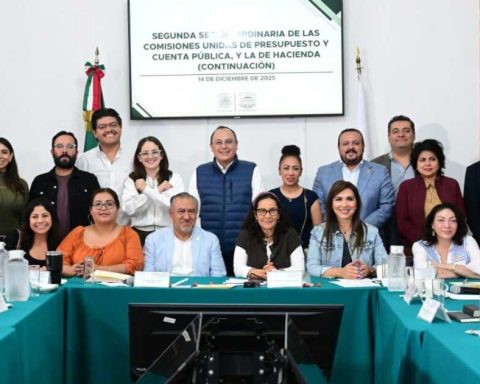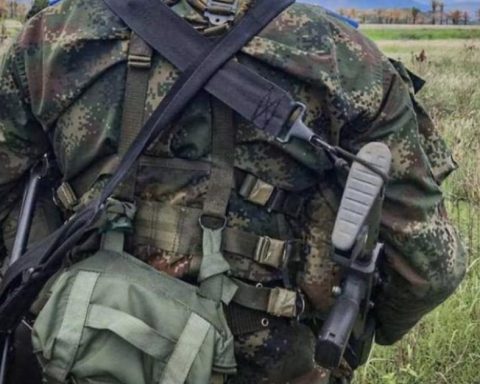The Venezuelan Violence Observatory (OVV) warns that the violence in the municipalities in the south of the Bolívar state keeps the entity as one of the most violent in the country, with the children, adolescents and women of the region
Author: Mariannis Visaez / Caroní Mail
The Venezuelan Observatory of Violence (OVV) in Bolívar presented a statistical report of the most representative samples of violence in the state, from January to April 2023. The results were presented by the OVV coordinator in Bolívar state, Eumelis Moya, who defined such as acts of violence, physical assaults (with and without firearms), homicides, robberies and intrafamily violence.
The OVV coordinator in Bolívar affirms that the Venezuelan State has not offered official data on violence in the country for more than 10 years, so independent organizations are the ones that monitor these patterns.
Moya said that during the first 4 months of the year there have been 182 cases of violence, and a total of 188 victims in the Bolívar state, while in 2022 there were 176 cases of violence. These figures have kept the entity as one of the most violent in Venezuela for almost a decade.
*Read also: OVV: Women justify violence more in matters of self-defense and “honor”
Physical attacks are the daily bread of Bolivarians, affecting boys, girls, adolescents and women to a greater extent. The motives? Intrafamily problems, followed by interpersonal problems, revealing that the violence originates through a close relative or an acquaintance.
Only what the media reports
It is important to highlight that the Venezuelan Observatory of Violence monitors the media in the area (written, printed or digital press), so only those situations of violence that, once reported, reach the media, are included in the figures presented. The NGO assumes that there is an undetermined percentage of violent acts that are not reported to the authorities or are not prosecuted.
How many types of violence are there?
The United Nations defines violence as “the intentional use of actual or threatened physical force or power against oneself, a person, a group, or a community that results in the likelihood of psychological harm, injury, death, deprivation or maldevelopment”.
Venezuelan legislation does not have a law that protects the general population and that defines the types of violence that can affect people regardless of their sex, race, age, nationality, or sexual inclination.
However, the Organic Law on the Right of Women to a Life Free of Violence in its article 19 exposes 25 types of violence: psychological violence, bullying or harassment, threats, physical, family, sexual violence, whether to choose their sexuality or consent to the sexual act, forced prostitution, sexual slavery, sexual harassment, workplace violence, patrimonial and economic violence, obstetric violence, forced sterilization, media violence, institutional violence, symbolic violence, computer violence, political violence, gynecological violence, multi-causal violence , trafficking in women, girls and adolescents, femicide, induction or aid to suicide.


